
Ewelina Lekka is an architect by profession and a self-taught 3D artist running her own company EL DESIGN Ewelina Lekka Visualizations. She specializes in exterior and interior visualizations full of high-quality greenery and rich environments. Apart from commercial projects, Ewelina also devotes her time to personal projects with the aim of exploring the relationship between architecture and nature while honing her skills. Let’s join Ewelina on a stroll through her serene worlds and learn a few tips on working efficiently with Corona and a healthy work-life balance.

Harnessing the beauty of nature
As an architect, Ewelina believes that good architecture is intertwined with nature and that humans can learn a lot from it.
Ewelina Lekka, 3d artist, ewelina lekka visualizations
There are endless ways to draw inspiration from the world around us. Nature is an untouched space on which we should build with extreme care and attention, keeping the least possible interference. Only then are we able to create a human-friendly space in symbiosis with nature.
Ewelina travels to many places where nature sculpts unbelievable shapes and forms in trees, rocks, or mountains, and takes the time to marvel at the views and their breathtaking beauty. She emphasizes that the impact of shaping people’s perception of certain spaces extends beyond architects and designers. It also includes 3D artists who use their skills to create compelling images. Nature holds the privilege of seamlessly integrating with architecture, underscoring the importance of designing in harmony with it as frequently as possible.
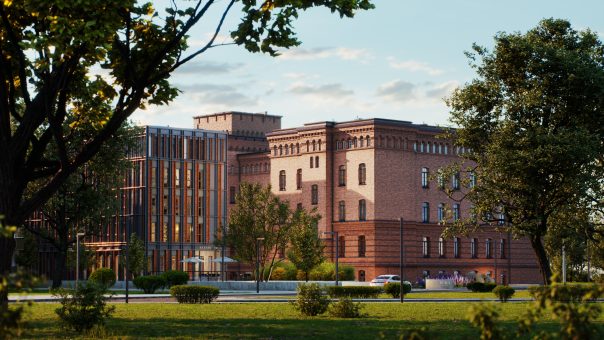
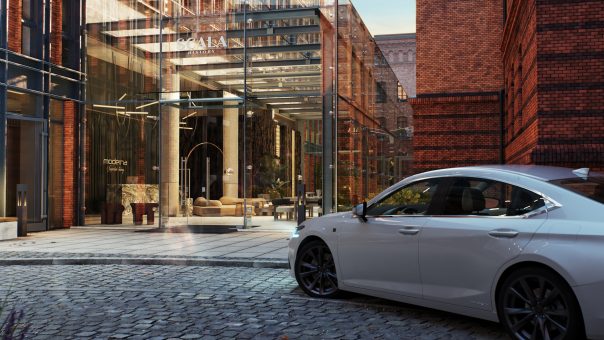

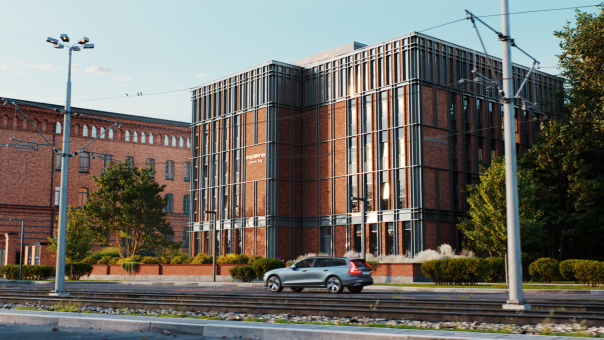
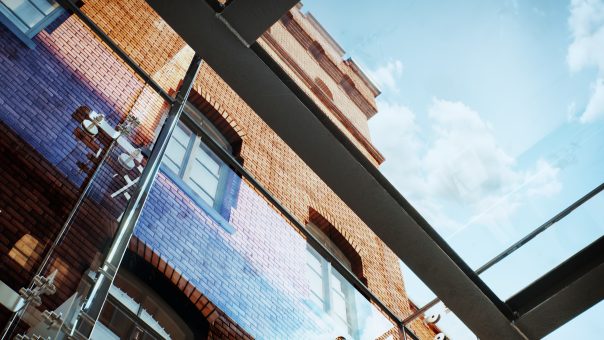

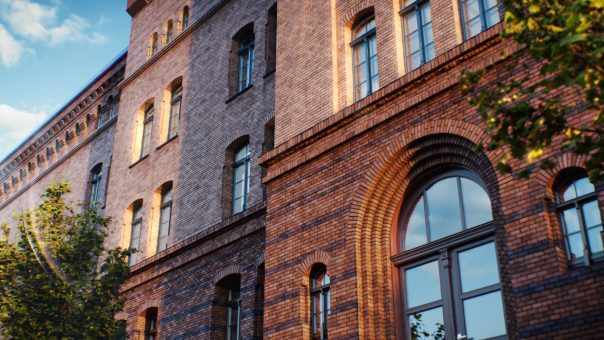
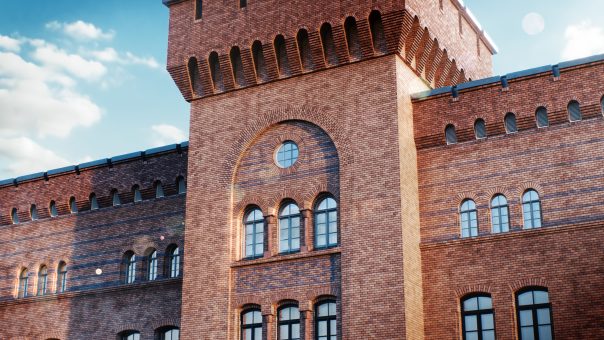

Mastering warm lighting
Ewelina shares a deep enjoyment for rendering scenes at “the golden hour” and relishes in the ability to captivate viewers’ attention through this beautiful technique. It’s her favorite way to create a pleasant and inviting atmosphere that evokes positive emotions in people and identifies them with the moment. You will notice the beautiful warm lighting in Scala History linked above, a project Ewelina created in cooperation with Mateusz Klamrowski
She comments that warm lighting is one of a few essential keys to creating a perfect image, but it is certainly a necessary element in the whole “creative puzzle”. When it comes to describing a specific workflow, she always starts her work with research and collects reference pictures that evoke positive emotions in herself and attract her attention mainly through colors. She looks for something that stops her for a while and then she attempts to replicate it in her works. Her favorite method of lighting the scene is still through HDRI, and she mostly uses HDRIs from Peter Guthrie, which always give her warm lighting with long shadows and lovely sun rays.
She usually uses a different rotation of the HDRI in the scene environment slot and a different one in the Corona’s direct visibility slot to bring up the needed sun rays and to gain better control over the scene lighting. She often overdoes the HDRI settings – she sets the V position offset to a very high value, usually around 0.09 or even 0.12, and she changes the tiling from 1.0 to 0.65, which gives her brighter light and softer shadows. She could also do this through the Corona Color Correct node by increasing the Gamma value there; however, it seems to her that it gives a slightly different effect, so she prefers the manual approach.
The most important thing is not to be afraid of experiments – you can always go back to the old setup. You don’t lose anything; on the contrary, you can find a better way to present your idea and increase the likelihood of a positive outcome!
Ewelina Lekka, 3d artist, ewelina lekka visualizations
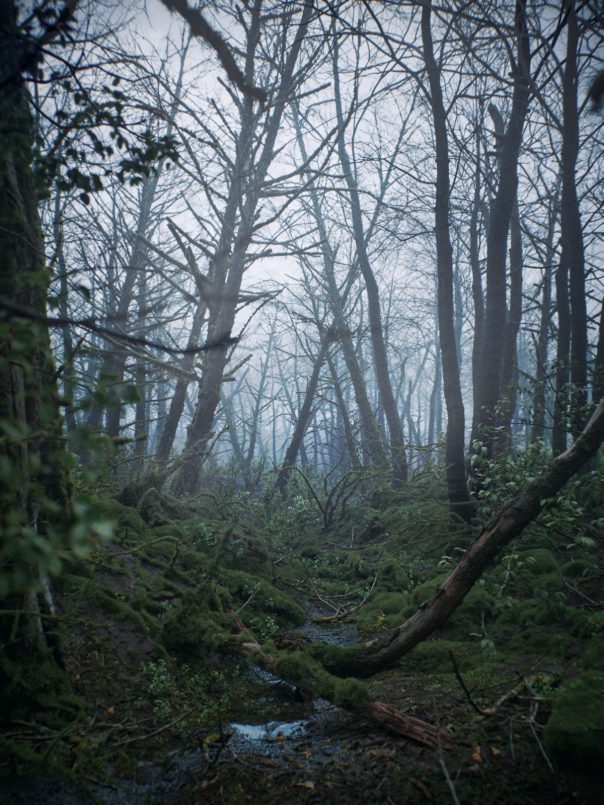
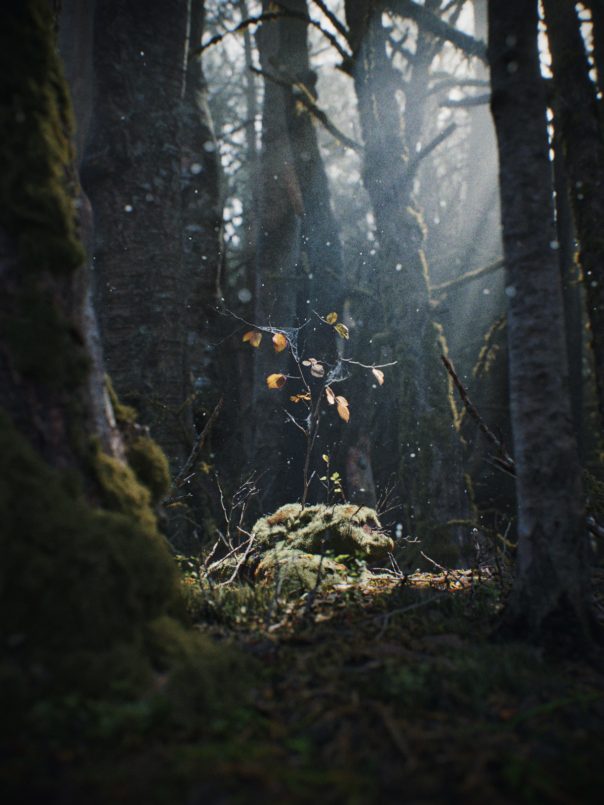
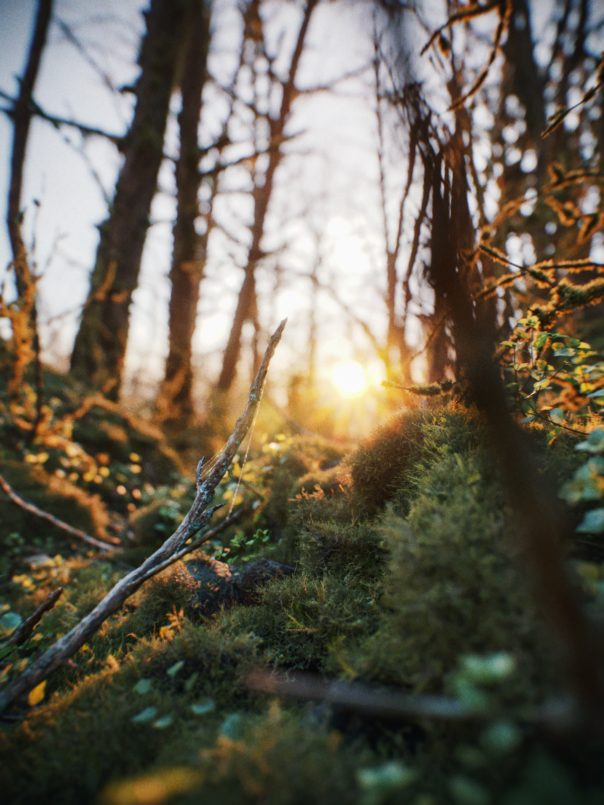
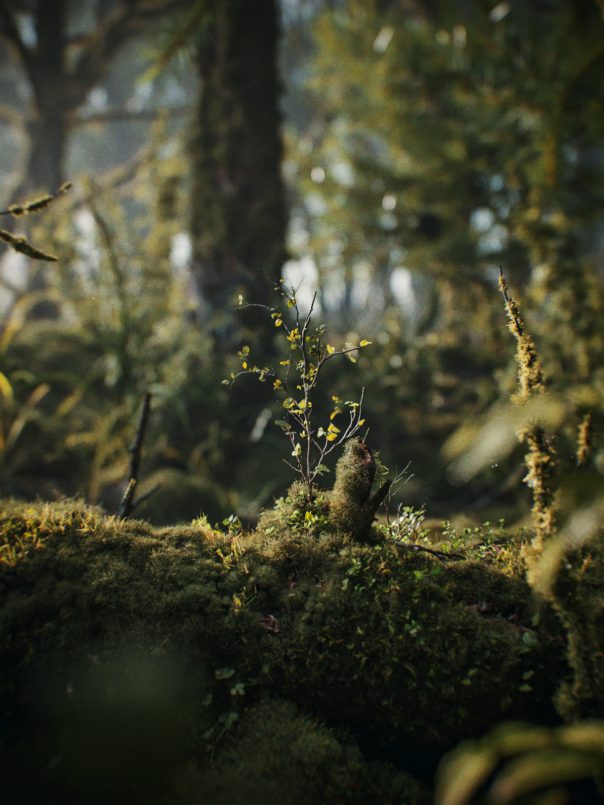
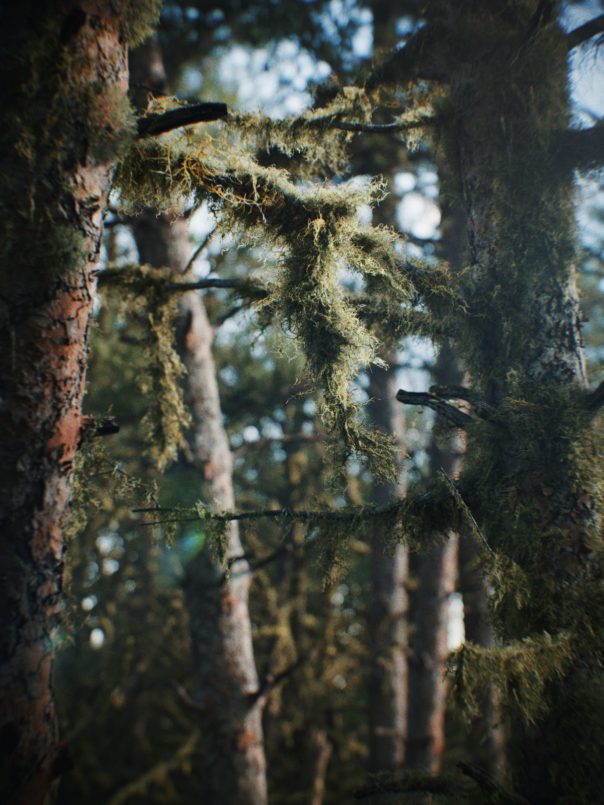
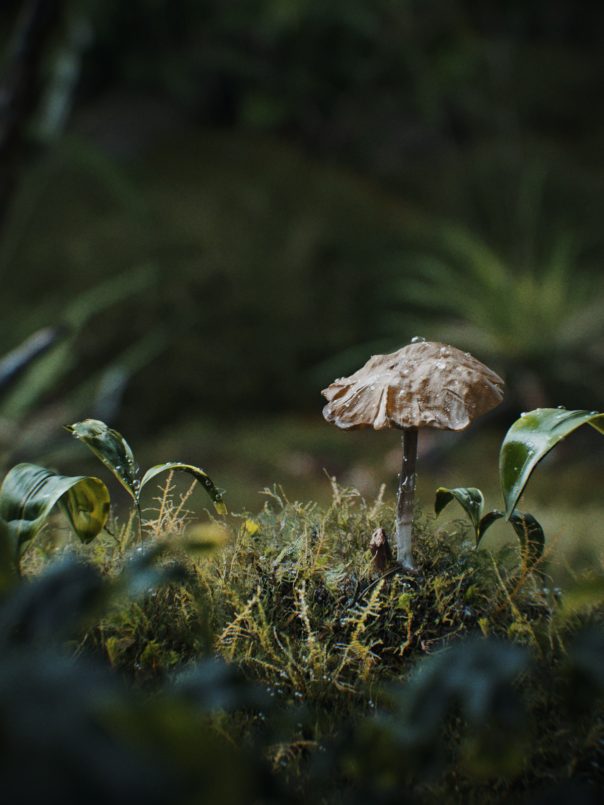
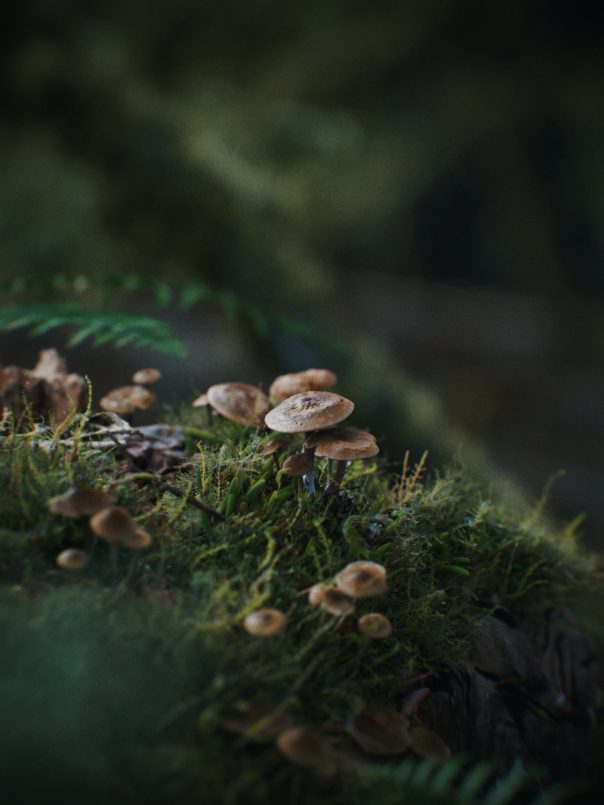

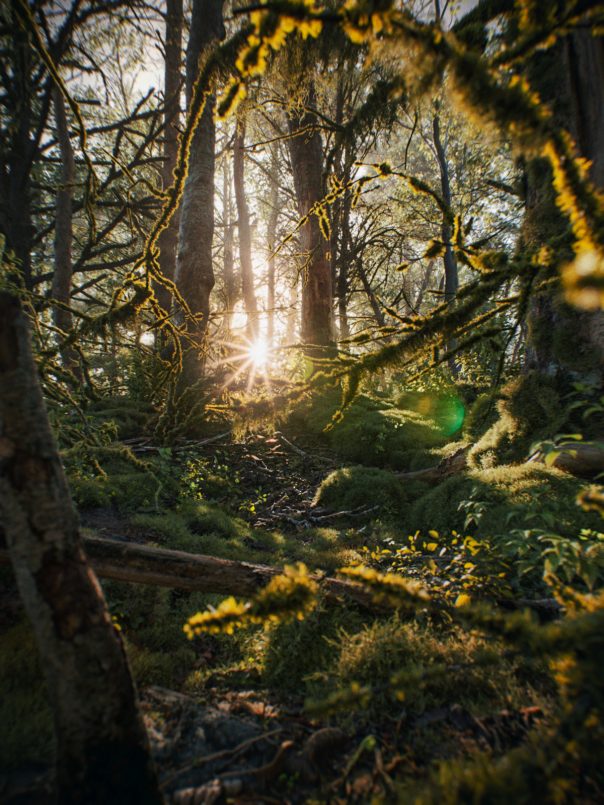
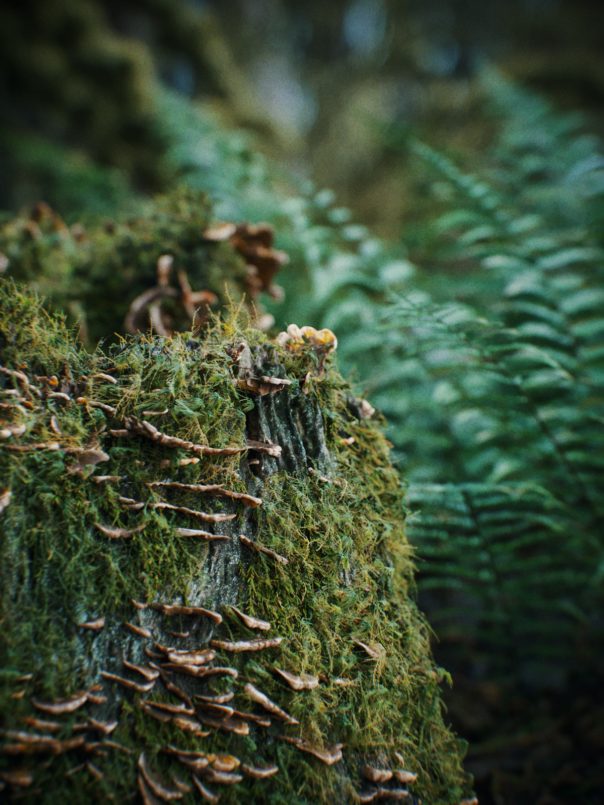
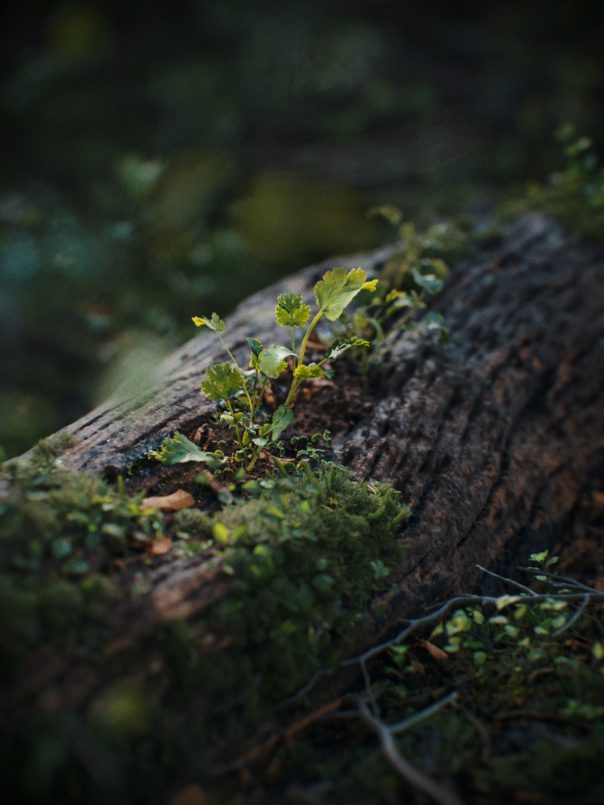
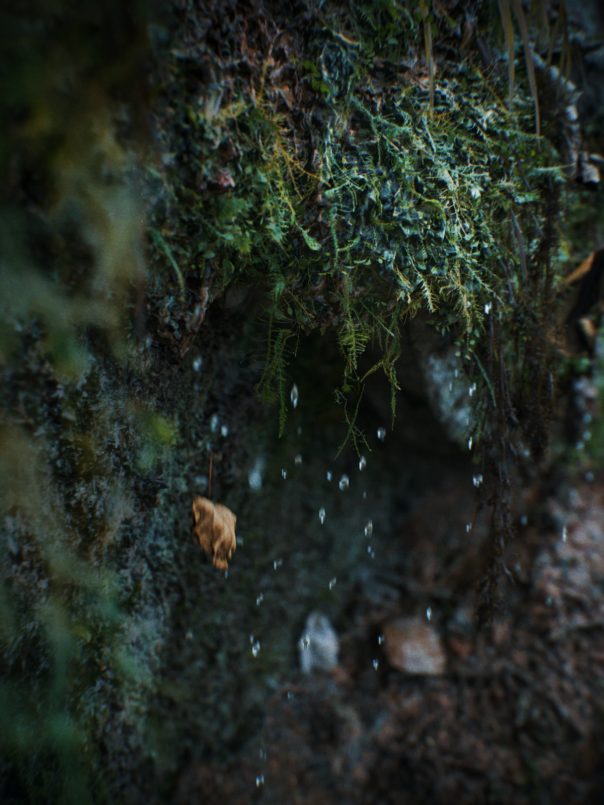
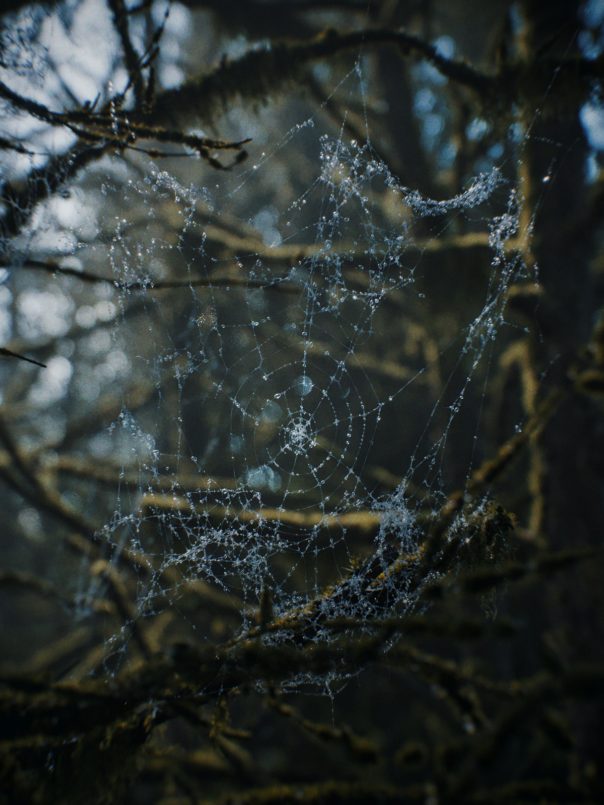
Beyond technical limitations
Mosscore Petit Ermitage proved to be a challenging but fulfilling project for Ewelina, primarily due to the significant amount of moss present in the scene. Her primary objective was to achieve a photorealistic appearance, which required her to gain a deeper understanding of how moss propagates and the various forms it takes. She invested long hours in researching references, studying films, and closely observing the characteristics of different types of moss.
She began the process by recreating moss in 3D. After testing several models, she settled on two: one for covering the ground, tree parts, logs, and branches, and another one for the “Spanish moss” hanging from the tree branches. She encountered an issue with too dense distribution of moss objects using Forest Pack, but managed to resolve it by scaling up the moss models. Although this made them larger than in reality, it enabled her to render even the most resource-intensive views, resulting in a satisfyingly natural appearance, even in closeups.
For the creation of the Spanish moss, she utilized atlases from the third-party model provider Quixel Megascans, which proved effective for the hanging structures. However, this aspect presented some challenges. She resorted to scattering models of hanging moss using Forest Pack on a vertical spline. A single Forest object was not sufficient to achieve the desired rich look, so she decided to incorporate multiple Forest objects onto one spline. Once she found satisfactory solutions to the aforementioned difficulties, the remainder of the project became a pure pleasure, despite the numerous tasks yet to be completed.
Allowing time to build the environment provided the opportunity to set up as many cameras as desired and create closeup shots that were crucial in capturing the essence of the project.
Ewelina Lekka, 3d artist, ewelina lekka visualizations
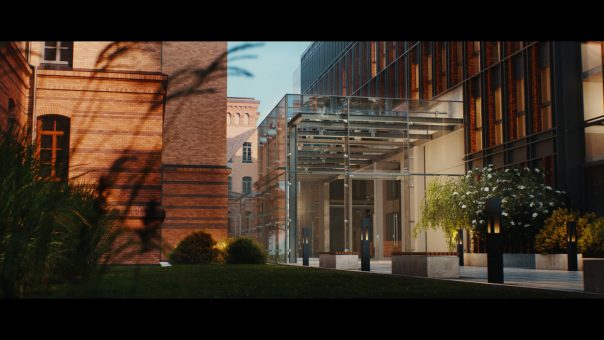
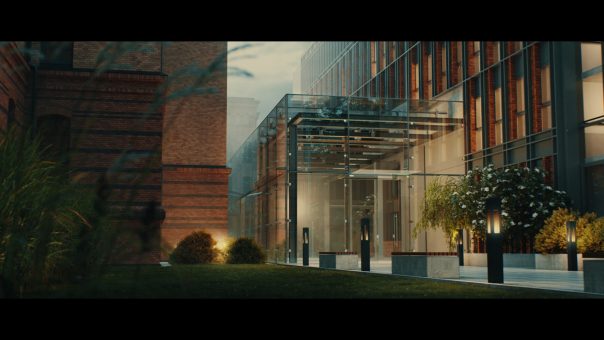
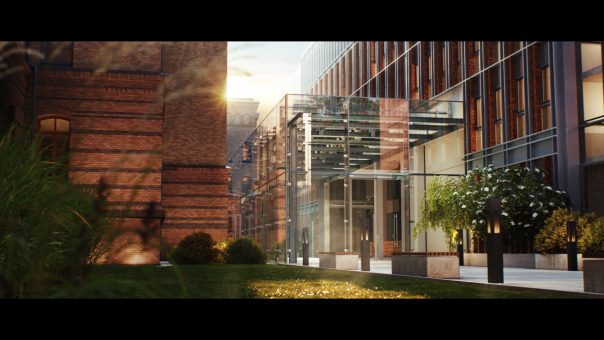
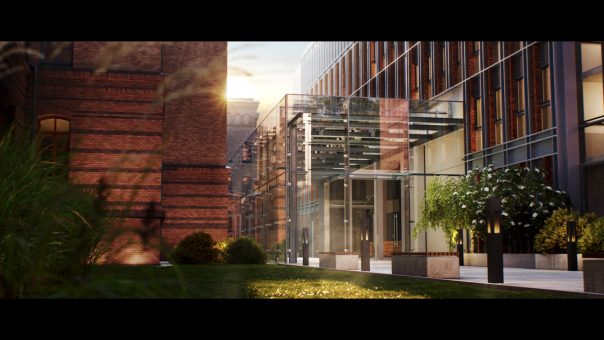
Secret ingredient to becoming a versatile 3D artist
When asked about her secret for learning different 3D software and any tips for beginners, she emphasizes that learning any new software requires time and a great deal of patience. The key is to maintain passion and perseverance, even in the face of failure, as each setback brings one closer to the desired outcome. She believes that failures can serve as stepping stones to progress, especially when motivated to improve and willing to make significant changes. According to her, this principle also applies to becoming a better 3D artist. Although learning different software may initially seem daunting, with unfamiliar keyboard shortcuts, user interfaces, and new features, taking risks is an integral part of gaining experience in any field. She firmly believes that the results will become evident over time and reminds us of the wise old saying, “nothing ventured, nothing gained.”
Making time for personal projects
As commercial projects always hold top priority for her, Ewelina shares that finding time for personal projects often comes at the expense of her free time. Despite this, she dedicates at least a few hours each day, including weekends, to work on her personal projects.
She views personal projects as opportunities to enhance her skills and embrace challenges, making it natural for her to invest her free time in them. In her perspective, engaging in activities that bring satisfaction and foster personal growth holds great significance, particularly in their industry.
One advantage of personal projects is the absence of strict deadlines, allowing for a healthier work-life balance.
Ewelina Lekka, 3d artist, ewelina lekka visualizations
In terms of time management, Ewelina highlights the Pulze Scene Manager as an exceptional tool that significantly saves her time. She has been enamored with this scene management tool since the very beginning, as it enables her to consolidate all vital settings in one convenient location, making project management a breeze. She highly recommends it to anyone seeking efficient applications for improved time management.
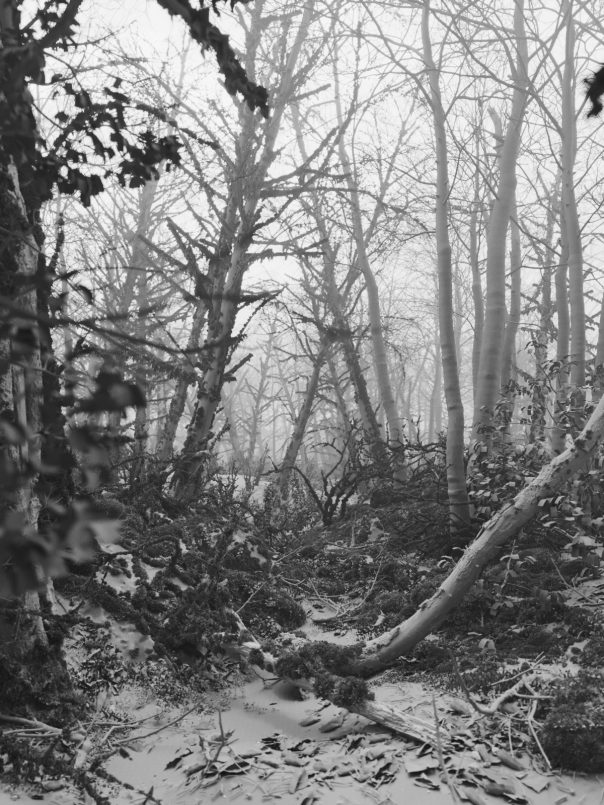
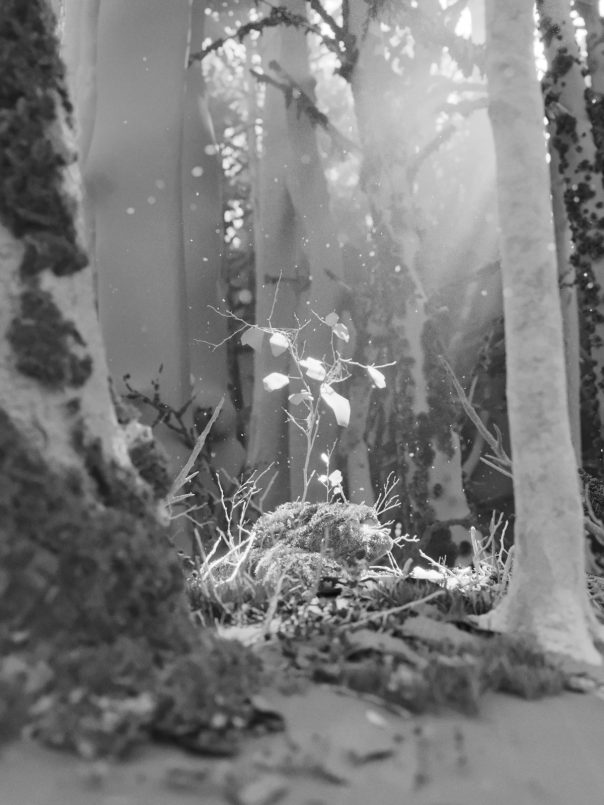
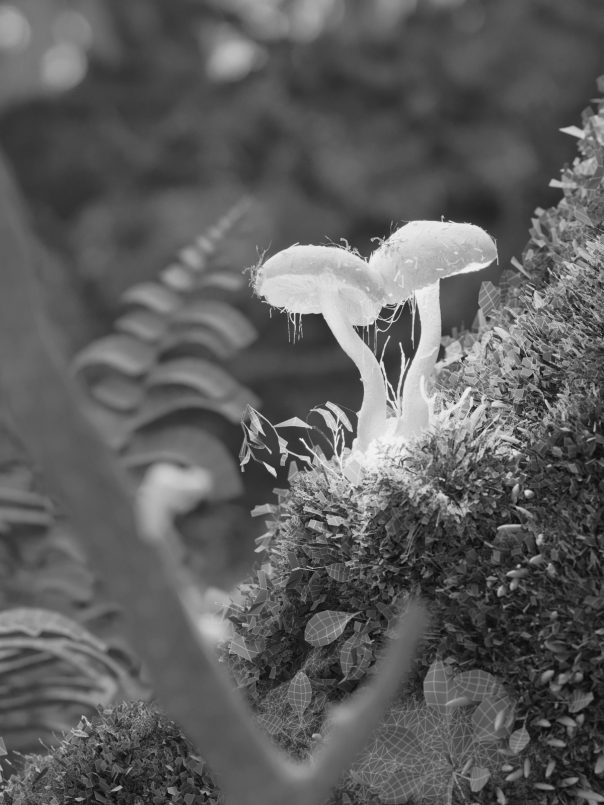
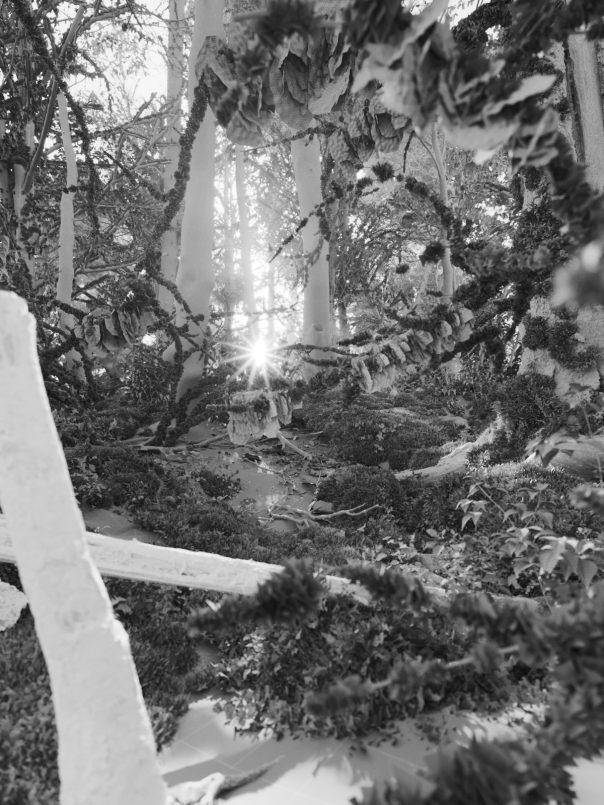
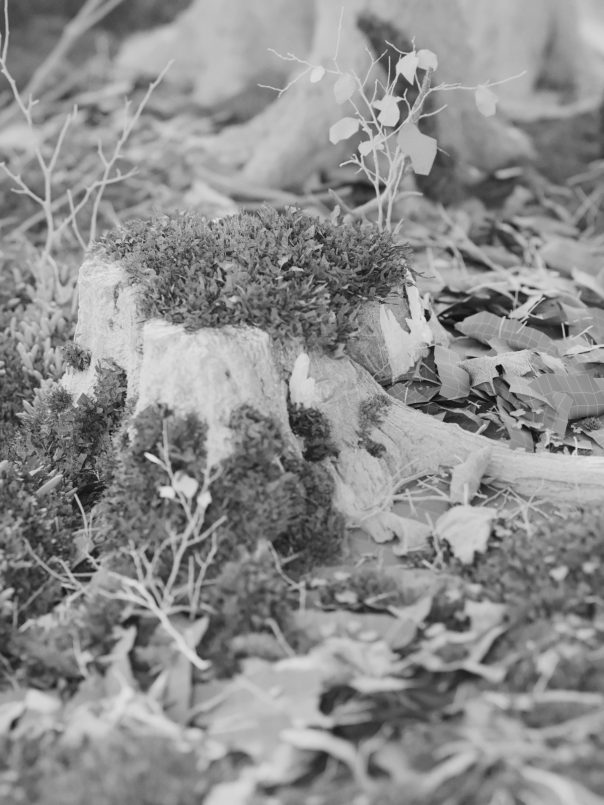

Top features in Ewelina’s Corona toolbox
Ewelina considers many features of Corona essential for her workflow and it is challenging for her to pick a favorite one. One feature she particularly enjoys working with is the interactive LightMix, which lets her set up different lighting configurations for different images without having to add multiple lights to the scene and re-rendering. The use of LightMix comes down to simply turning lights on and off and changing their colors in the Corona Frame Buffer. What’s really valuable to Ewelina is that LightMix makes it possible to save an infinite number of images without having to re-render them.
Another one of Ewelina’s favorites is the Corona Decal object, which was a long-awaited arrival for her. She considers decals a game-changer in producing many small details which she finds particularly important in her works. Before decals were introduced, Ewelina would spend hours getting to the satisfied result, mostly by using 3ds Max Composite maps. This workflow, relying on multiple maps with different IDs, lots of UVW Map modifiers, and complex material networks and layers, was quite challenging to manage during the scene creation process and took time to set up.
Thanks to the Corona Decal object, enhancing scenes with details is simplified to just adding a decal to a surface, adjusting it with a few clicks… and voilà!
Ewelina lekka, 3d artist, EL DESIGN Ewelina Lekka Visualizations
Unleash your creativity
We hope you found this blog post inspiring and can’t wait to see what new worlds you will create in your next Corona project. Want to marvel some more at Ewelina’s work? Make sure to check out her Behance page and follow her to find out what she’s working on next!